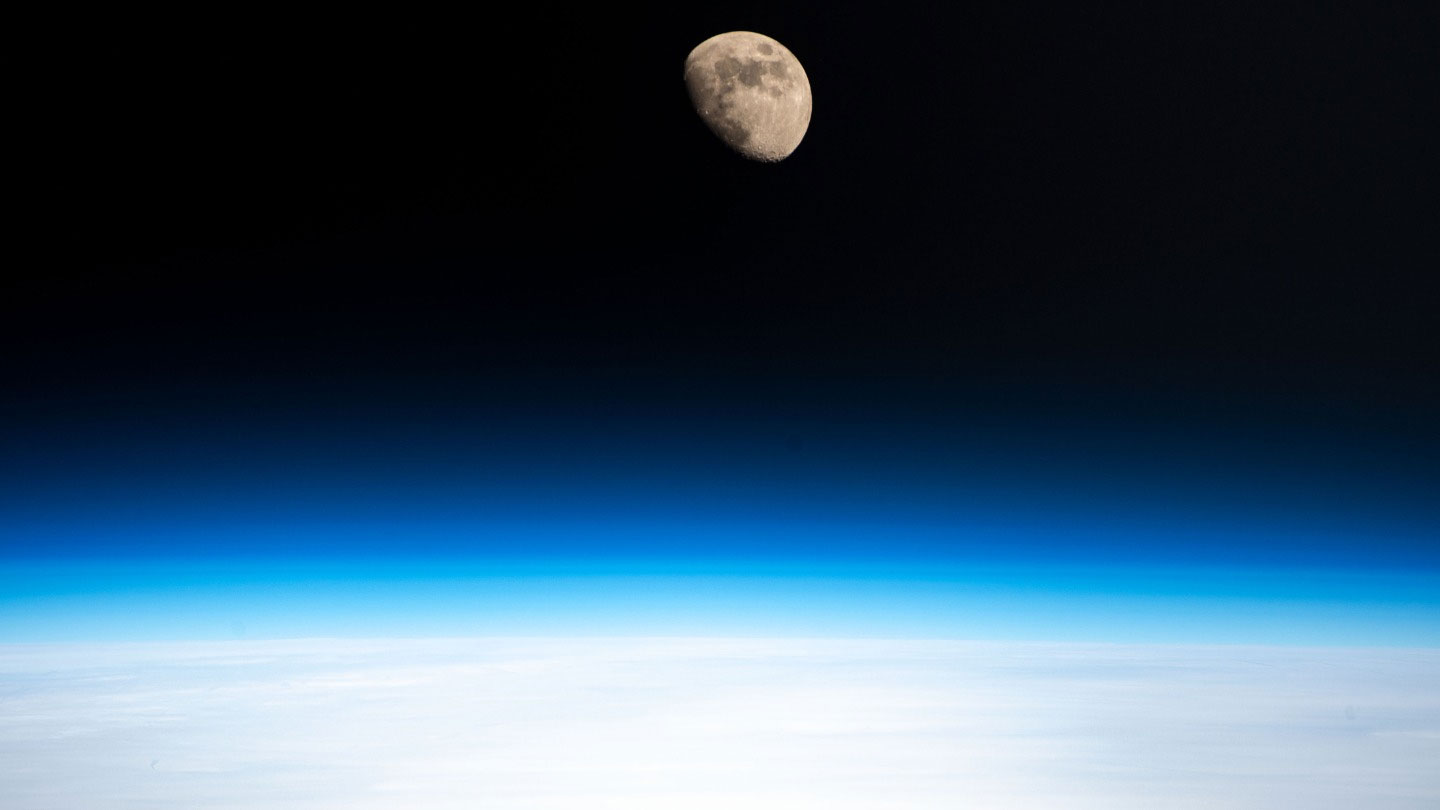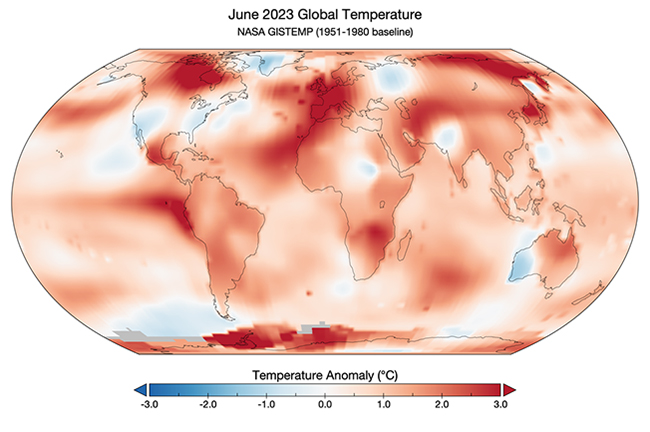Mass is mass is mass.
Physicists have three different definitions of mass, all thought to be equivalent. Measurements of the distance between Earth and the moon confirm that two of those masses are one and the same to higher precision than ever before, physicists report July 13 in Physical Review Letters. That result confirms one of the most basic foundations of physics: Newton’s third law of motion.
Inertial mass determines how easily an object accelerates in response to a force. Then there’s active gravitational mass, which determines the strength of an object’s gravitational field. Rounding out the trio is passive gravitational mass, which dictates the force on an object in a given gravitational field.
“It is a big question in physics why these masses are all the same,” says theoretical physicist Claus Lämmerzahl of the University of Bremen in Germany. So scientists want to be sure they aren’t slightly different.
Previously, the MICROSCOPE experiment confirmed the equivalence of inertial mass and passive gravitational mass in tests aboard a satellite (SN: 9/14/22).
In the new study, scientists compared active and passive gravitational masses for two elements found in different parts of the moon: iron in the core and aluminum in the crust.
Newton’s third law, often stated as “for every action, there’s an equal and opposite reaction,” suggests the iron’s gravitational pull on the aluminum should be the same as the aluminum’s pull on the iron.
If the active and passive masses were different, that would violate the rule and the uneven tug-of-war would alter the moon’s orbit. Based upon decades of laser measurements of the moon’s distance from Earth and its location in its orbit, the ratio of active and passive gravitational masses for the two materials were the same to about four trillionths of a percent, Lämmerzahl and colleagues report.
Finding a difference would also clash with Einstein’s theory of gravity, general relativity. So the moon serves up a win not only for Newton, but for Einstein, too.
Source link














